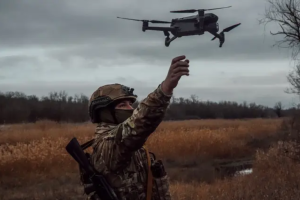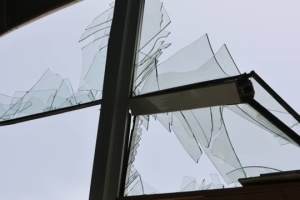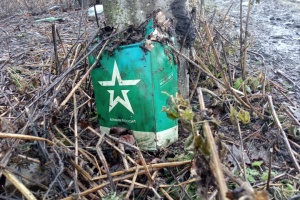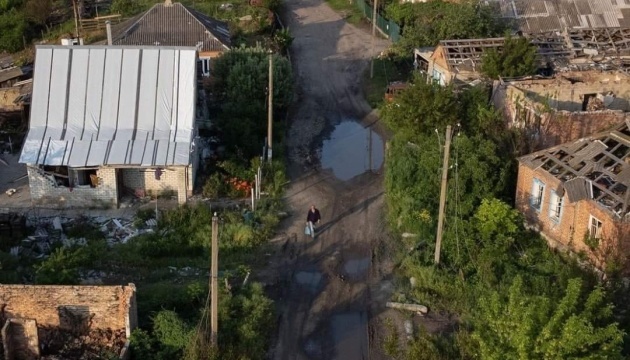
Kamianka Chooses Life
Ukrinform reported on the tragedy of Kamianka, located not far from the city of Izium, even during the period when the village was controlled by the occupiers. Even though the settlement was liberated 11 months ago, new evidence of the invaders’ atrocities keeps appearing. Nevertheless, people are slowly returning to their damaged homes. Now, Kamianka residents beg for the complete demining of the settlement, dream of restoration of their native land and request attention from the local authorities.
OVER 70 KAMIANKA RESIDENTS DIED
Before the war, Kamianka was a large village – 1,200 residents. Forced to flee to save their lives,
they are now scattered across Ukraine and the world. People keep in touch via phones and social
media, still trying to figure out the fate of all fellow village residents. The officials have no official
statistics.
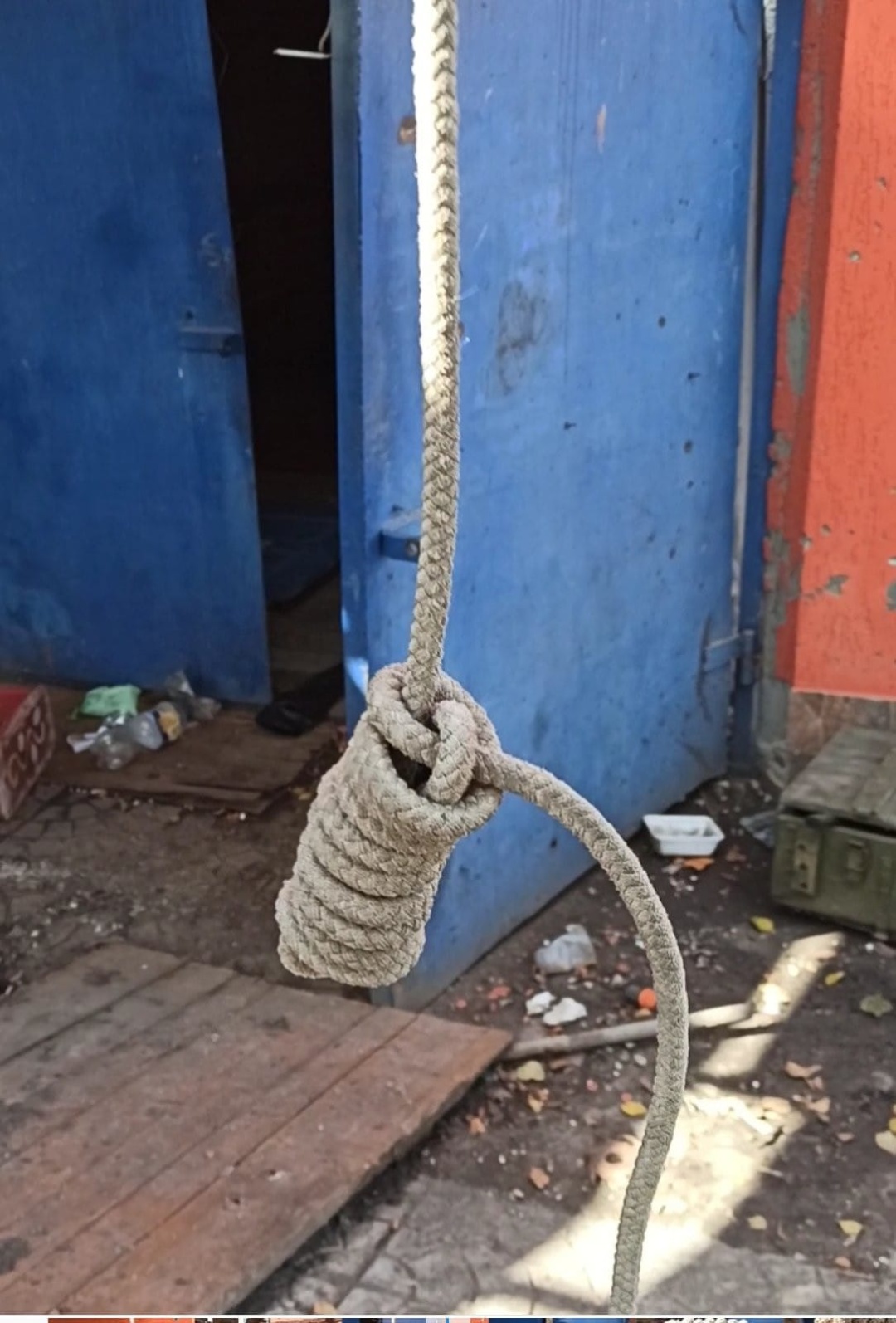
“We are trying to maintain a list ourselves. At first, the number we had was 29 deceased, then 36,
39... And then it was already 50. As of now, the estimated figure is 70+. Some people are
considered missing. But what does this actually mean? For instance, a person was alive on 23
March (last year, – ed.), hiding in the basement, and we have proof of that, but then – there is no
further information. Since then, more than a year has passed. Certainly, we understand that these people are no longer alive. I believe 8 to 10% of our village residents have died,” says Kamianka resident Iryna Vosmeryk.
No complete survey was conducted after the village liberation.
“If all yards were checked now, bodies of more deceased would be found under the rubble in the
basements,” says Ms Vosmeryk. “Occupiers intended to destroy the village completely and kill
everyone. Those few people who managed to survive March 2022 there, were taken to Izium.
Bodies of deceased, both civilians and military, who died in the battles were lying around unburied for almost six months,” notes Ms Iryna.
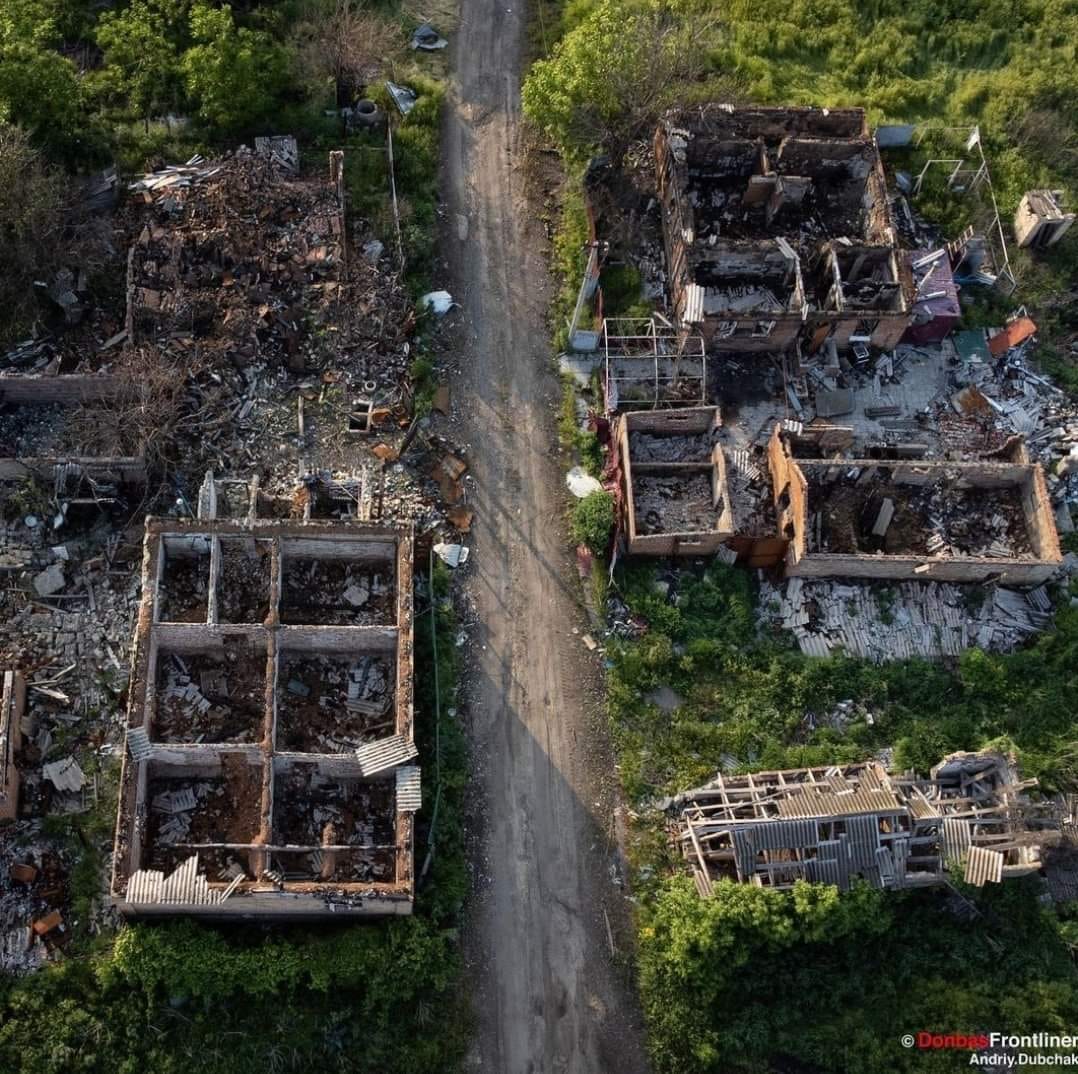
During March – April this year, ten bodies were found in the village because relatives and acquaintances of the deceased kept coming there.
Discovering bodies of fallen Ukrainian defenders continues too. Occasionally, rescue specialists
from the team of the Commissioner for Missing Persons in Special Circumstances, “Black Tulip”
mission, are working in the settlement.
They are joined by representatives of the 95th Separate Airmobile Battalion, which heroically and
fiercely held defence there in March.
A mass burial of our soldiers has already been discovered in Kamianka, yet locals say that occupiers had dumped the bodies even into the river and the pond.
PEOPLE WERE NOT THE ONLY ONES WHOM INVADERS KILLED
The area around a once picturesque village is now scarred by trenches, covered trenches, where
occupiers brought furniture and other property from the households, as well as caponiers (defence structure on the bottom of the ditch – ed.). A lot of conifers burned on the outskirts.
Residents note that after the occupation, the settlement has become the basis where 2.5 to 3 thousand Russian soldiers were living continuously.
At the beginning of the full-scale war, the village had 150 cows. Part of the cattle died due to
shelling, while the rest became food. Invaders also did away with dogs.
“Occupiers were living a high life in our village, residents kept lots of cattle, pigs, and poultry.
Animals that survived the shelling were killed. Several people who stayed in the village and survived say that sometimes Russians would kill a cow, take two legs, and leave the rest to rot, as they had enough food anyway. So now, animal bones are scattered everywhere. Most dogs were killed right away. Thoroughbreds, large ones that let stroking themselves, were taken somewhere by a truck.
We have two guesses – they were either taken for sale or for food. After all, Buryats and Tuvans eat them as food,” Iryna Vosmeryk shares her thoughts.
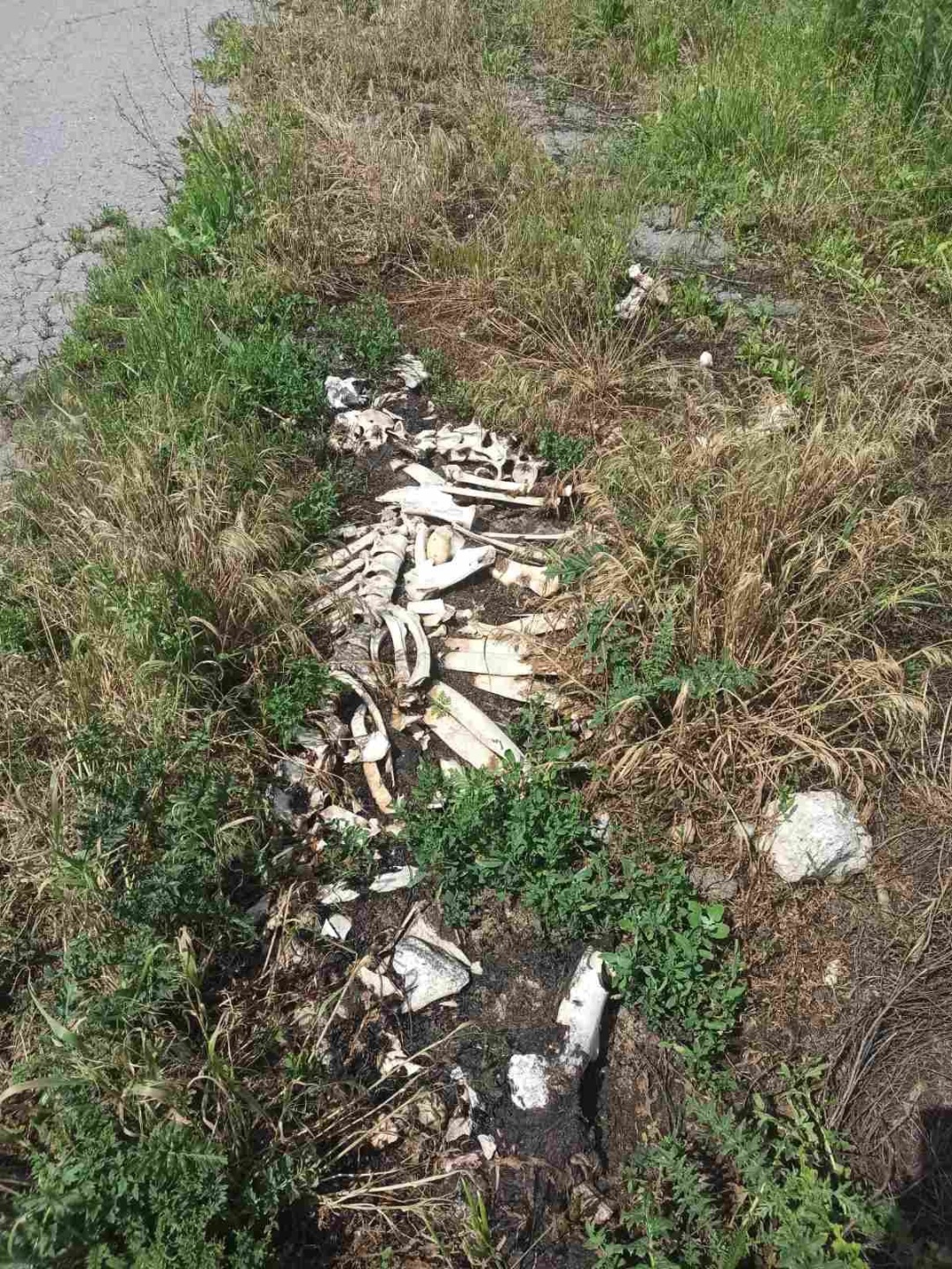
According to her, drunk occupiers also tormented cats: they set their paw pads on fire, burned off the V symbol, and just injured them. People who returned found water bongs and used syringes in many houses.
Ms Vosmeryk managed to find out that about 50 Buryats and Tuvans lived in her home, and in six
months, they turned her house into a garbage dump and a toilet.

“Thanks to good-hearted people who volunteered to help, 30 cubic metres of garbage has already been taken away. This is 6 tonnes. And the same amount still has to be taken away. Can you imagine? And this is what they left at every yard,” the local resident notes.
Certainly, each household was robbed, too. The remaining property was looted by Ukrainians.
“It’s a shame, but this is a bitter truth. After the liberation, residents of neighbouring villages, even Sloviansk, came to dip in the gravy. They would take whole bricks, gates, heating systems, and boilers. This hurts so much,” Kamianka resident sighs.
THE VILLAGE HAS TO BE REBUILT ANEW
So far, a bus station installed by the Oblast Motor Way Administration in March is the only
undamaged facility in the village. Residents cleaned shell debris and trees damaged by shelling
around it and planted flowers.
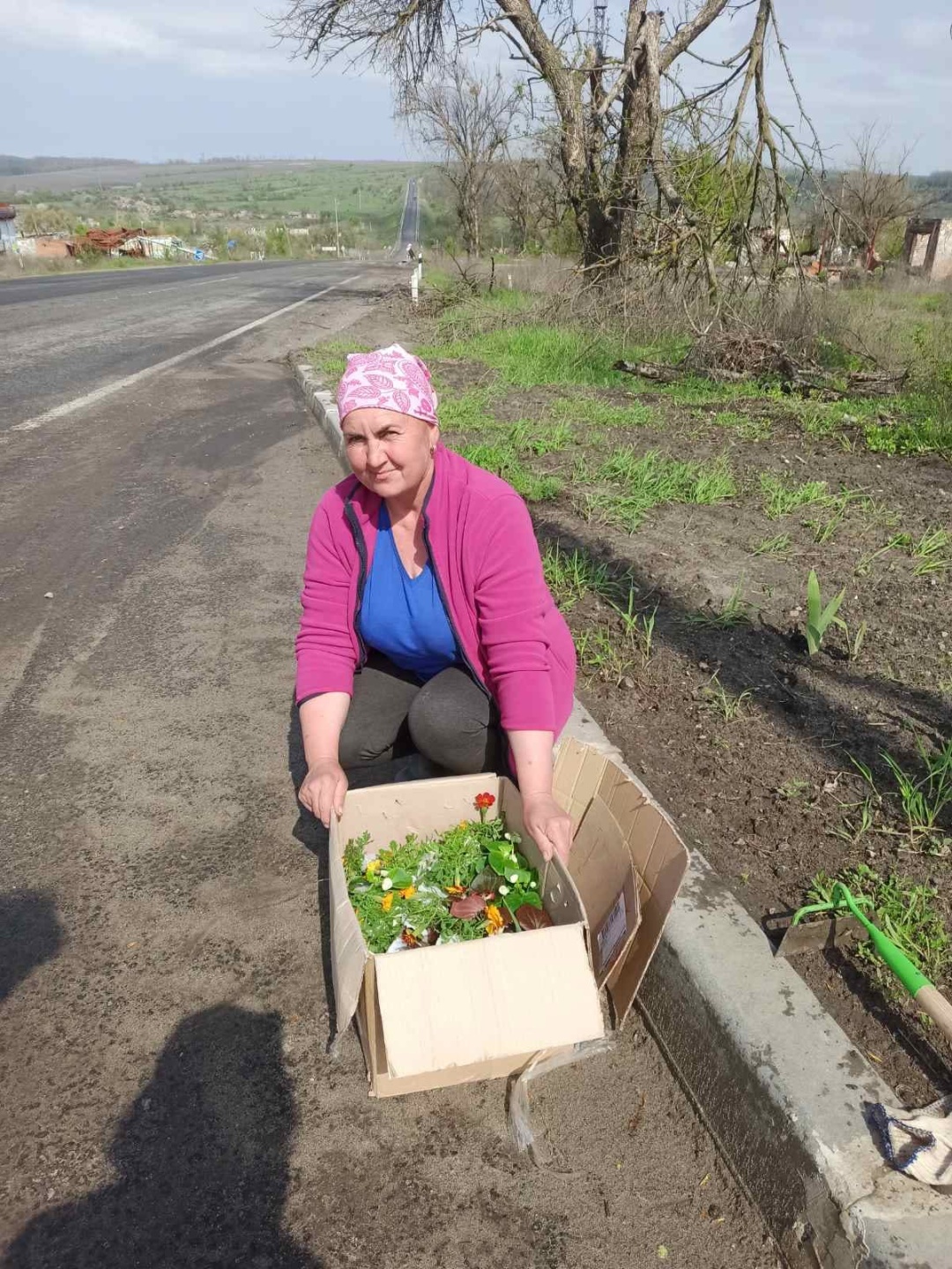
As in many de-occupied villages, despite the threat to their lives, residents de-mined their
agricultural lands themselves to plant potatoes in May. We used landing nets to collect PFM-1
mines, and having gathered a full cast-iron pot or a crate, we called demining specialists. Some
residents even dared to detonate the ammunition themselves.
In the past months, Kamianka residents filed collective appeals to the State Emergency Service, the Oblast Administration, Oblast Energy bodies, Oblast Gas bodies, the Ministry of Environmental Protection and Natural Resources of Ukraine, the Verkhovna Rada Committee on Environmental Matters, the Ministry of Defence. People ask to clear of explosives the entire area and households everywhere, not just certain areas associated with the infrastructure. This would motivate residents to return.
According to the response from the Main Department of Mine Action, Civil Defence and
Environmental Safety of the Ministry of Defence, the Foundation Suisse de Déminage started a non- technical survey in the village in June – July. As of 15 July, four sectors with explosives were found with a total area of 52 ha. After the complete survey, identified areas will be added to the list of works on humanitarian demining. There are no deadlines so far.
Now, over 70 people live in the damaged village, others come to visit. At least 170 more families
plan to return.
Again, according to local residents, out of 500 households in their village, only 120–130 may be
rebuilt. These objects are severely damaged, too, though: demolished roofs, collapsed walls, and
completely ruined interior equipment (like electrical wiring and heating). In addition, almost all
outbuildings are damaged. The remaining buildings cannot be rebuilt, as the basement and a part of the wall are the only things left of them.
UNIQUE GEOLOGICAL FINDINGS ARE LOST
The destruction of Kamianka is a tragedy for its residents. But it turns out that there are losses for scientists too. After all, the region around Izium and Kamianka has been known to geologists for about 200 years now. Mesozoic deposits come to the surface on the outskirts of the settlement.
Andrii Matveev, Professor at the Department of Fundamental and Applied Geology of Kharkiv V.N. Karazin National University, notes that deposits are usually divided into marine and continental, and Kamianka has both.

“As a consequence, these deposits also have remnants of ancient animals and plants. This is what
makes them interesting. Geologists from Kharkiv University worked there from the middle of the XX century. Researchers from Kyiv and abroad also came there,” Professor notes.
Since the 1970s, Kamianka has become a permanent basis for geological practices. Later, a
museum was created. Several years ago, specialists started promoting the idea of creating a
geopark in Kharkiv Oblast, which would be part of an international network.
“We suggested south of Izium Raion. The first steps started at the level of Oblast administration.
However, surely, the war postponed it. The most tragic of all is that the museum is damaged, only
the walls are left out of it, while everything that has been collected there is now lost. The most
interesting territories located along ravines, gullies, river banks are mined, and their turn to be
demined will not come any time soon,” Mr Matveev concludes.
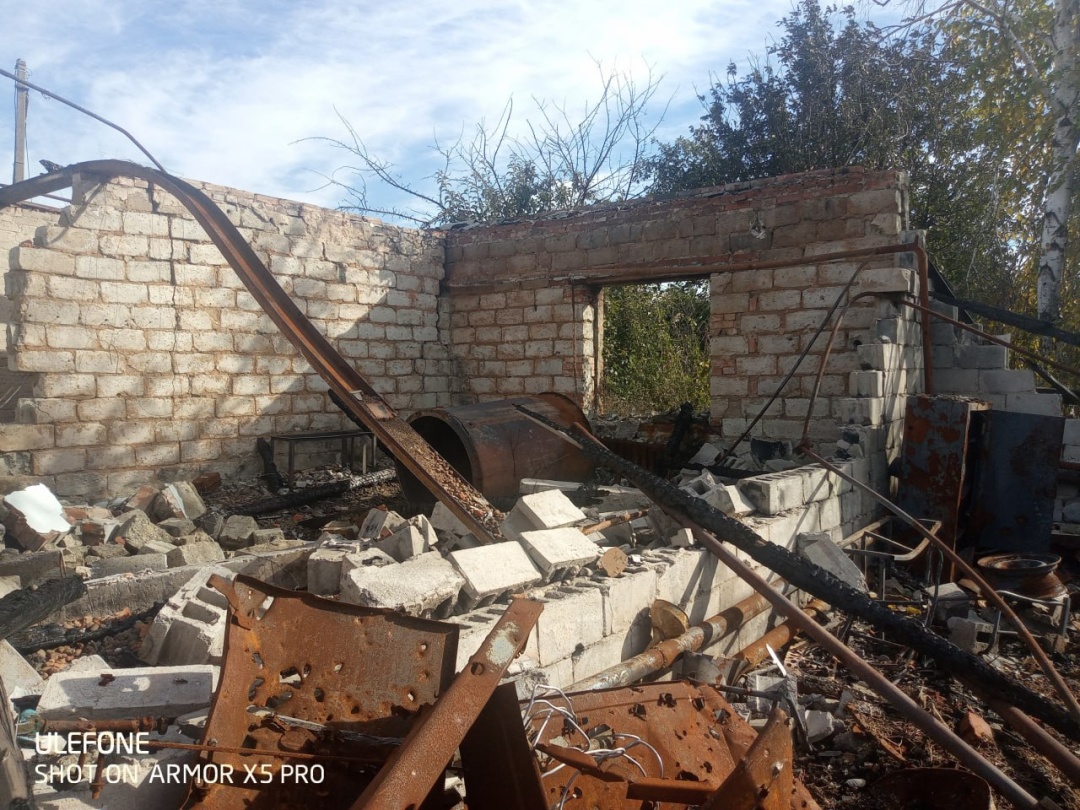
According to him, the museum stored samples of rocks from south Izium Raion, samples of
remnants of marine animals and plants, which were unique, and samples of minerals.
“Sea fauna is more or less widely common. But terrestrial flora is closely connected with certain
territories. We had such findings as “Kamianka flora” or “Harazhivka flora”. This means this is a set of plants found on this territory only. This is a vast loss for geological science,” Professor notes.
THE MATTER OF RESTORATION IS PAINFUL AND UNRESOLVED
In Izium Raion, where Kamianka is located, almost 17 thousand objects have been destroyed,
including apartment buildings and private homes, critical infrastructure, and educational institutions.
Officials find it hard to predict the future of a once-thriving village. Head of Kharkiv Oblast Military Administration Oleh Syniehubov notes that there are restoration plans for every settlement. The question is only when they will be implemented. Currently, private household owners who filed requests for compensation under the eRecovery (eVidnovlennia) programme have to wait for the decision of local government commissions.
Head of Izium Raion Military Administration Stepan Maselskyi sums up that commissions need time to inspect households. However, the dense minefield on the territory is an even bigger issue.
Demining specialists have not yet finished clearing areas under power lines. Civilians are blown up because of PFM-1 nearly every day.
“Twenty-one demining teams are working in the raion. But we are still lacking demining specialists.
In addition, during this season, the area is covered with weeds, which slows down work, as they
become more dangerous,” Maselskyi says.
He notes that a subdivision consisting of the State Emergency Service specialists had been created.
Premises are being set up for equipment and people.
When asked about the prospect of restoration in such settlements, as Kamianka, Raion Head says with sorrow, “To be honest, I don't have an answer right now... Today, our task is to restore the electricity supply there. But nonetheless, we are dependent on demining.”
There are dozens of such completely demolished villages in the raion.
“Kamianka is the largest of them. Dovhenke, Topolske, Velyka Komyshuvakha, Zavody are in the
same condition. Savage battles took place there. For over half a year, a front line passed through
them,” the raion head summed up.
According to data from Kharkivoblenerho JSC, as of now, 21 settlements in Izium Raion do not have electricity. The pace of repair works depends on the location, military situation, permission from demining specialists, presence of residents and the scope of the damage. Restoring electricity in Kamianka is not on the list yet,” says Deputy Technical Director of the Energy Company Oleksandr Kyshynskyi.
Nevertheless, Stepan Maselskyi hopes that by September, most restoration works in the energy
sector would be finished. Then some decisions will be made concerning such villages as Kamianka.
Most likely, though, they will not have electricity this year.
“Ruscists called our village a “death road” on social media.” But no! Kamianka chooses life. We want to live; we want our village to be thriving again. We ask the state and the authorities to help us rebuild and restore. Otherwise, Russians will be deemed winners. Because they wanted to destroy us and everything we had,” notes Iryna Vosmeryk.
Yuliia Bairachna, Kharkiv
Photo by Andrii Dubchak and those provided by Iryna Vosmeryk and Andrii Matveev

